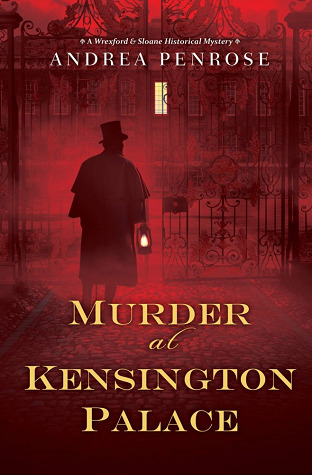 Murder at Kensington Palace (Wrexford & Sloane, #3) by Andrea Penrose
Murder at Kensington Palace (Wrexford & Sloane, #3) by Andrea Penrose Format: eARC
Source: supplied by publisher via NetGalley
Formats available: hardcover, large print, paperback, ebook, audiobook
Genres: historical fiction, historical mystery
Series: Wrexford & Sloane #3
Pages: 359
Published by Kensington Books on September 24, 2019
Purchasing Info: Author's Website, Publisher's Website, Amazon, Barnes & Noble, Kobo, Bookshop.org, Better World Books
Goodreads
Wrexford and Sloane must unravel secrets within secrets—including a few that entangle their own hearts—when they reunite to solve a string of shocking murders that have horrified Regency London...
Though Charlotte Sloane’s secret identity as the controversial satirical cartoonist A.J. Quill is safe with the Earl of Wrexford, she’s ill prepared for the rippling effects sharing the truth about her background has cast over their relationship. She thought a bit of space might improve the situation. But when her cousin is murdered and his twin brother is accused of the gruesome crime, Charlotte immediately turns to Wrexford for help in proving the young man’s innocence. Though she finds the brooding scientist just as enigmatic and intense as ever, their partnership is now marked by an unfamiliar tension that seems to complicate every encounter.
Despite this newfound complexity, Wrexford and Charlotte are determined to track down the real killer. Their investigation leads them on a dangerous chase through Mayfair’s glittering ballrooms and opulent drawing rooms, where gossip and rumors swirl to confuse the facts. Was her cousin murdered over a romantic rivalry . . . or staggering gambling debts? Or could the motive be far darker and involve the clandestine scientific society that claimed both brothers as members? The more Charlotte and Wrexford try to unknot the truth, the more tangled it becomes. But they must solve the case soon, before the killer’s madness seizes another victim...
My Review:
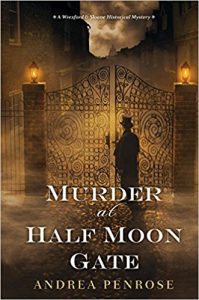 The murder that drags Wrexford and Sloane back into the fray after the events of Murder at Half Moon Gate again hits a bit too close to home – at least for Charlotte Sloane. In fact, it’s so close to home – her past home if not her present one – that when Wrex informs her that the recently elevated Lord Chittenden is dead, she performs the only quintessential female act he’s ever seen her do.
The murder that drags Wrexford and Sloane back into the fray after the events of Murder at Half Moon Gate again hits a bit too close to home – at least for Charlotte Sloane. In fact, it’s so close to home – her past home if not her present one – that when Wrex informs her that the recently elevated Lord Chittenden is dead, she performs the only quintessential female act he’s ever seen her do.
She faints. She literally swoons at his feet. And he doesn’t know what to do about it. But then, not knowing what to do about or with Charlotte Sloane, AKA the brilliant satirical artist A.J. Quill, has been a constant state of affairs for Wrex since the moment they met in Murder on Black Swan Lane.
Charlotte has just learned that her dear cousin, one of the few people who accepted her as she was back in a day she hasn’t yet revealed to Wrex, has been accused of murdering her other dear cousin – his twin brother. Charlotte is certain that this accusation is as false as the one that brought Wrexford to her door in the first book in this series.
But there’s no evidence for Nick Locke’s innocence, while the evidence for his guilt is both gruesome and damning. Not even a visit to Nick in Newgate dims Charlotte’s belief that he can’t possibly be guilty – even if does cast a dark pall over her determination to win him free.
Which is when Charlotte realizes that the cost of Nicky’s freedom – if it can be won at all – will be the sacrifice of her own. In order to investigate the possible suspects, a surprising number of whom are women in the upper reaches of the ton, Charlotte will have to finally admit the truth of her own origins, and walk with eyes wide open back into the gilded cage she escaped from in what seems like another lifetime.
Only because it was. A life that she didn’t fit into then, and must return to now. After all, needs must when the devil drives – and there is absolutely a devil driving the rush to Nicky’s judgment. And Charlotte’s own.
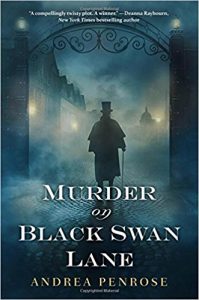 Escape Rating A-: I got into the Wrexford & Sloane series because it is an amazing readalike for the Sebastian St. Cyr series without being the same at all – which I know sounds contradictory but bear with me.
Escape Rating A-: I got into the Wrexford & Sloane series because it is an amazing readalike for the Sebastian St. Cyr series without being the same at all – which I know sounds contradictory but bear with me.
Both are historical mystery series, and both take place in England during the Regency. Both feature amateur detectives who are aristocrats, working with female partners with whom they have tension-filled relationships.
But, but, but there are huge differences. The St. Cyr series is exactly what it says on the label. The story is told primarily from the perspective of Sebastian St. Cyr, Viscount Devlin, the man who will in the fullness of time become the Earl of Hendon. In the meanwhile, Devlin expiates his demons, many but not all of which he acquired while serving in France during the Napoleonic Wars, by solving murders – generally the kind of murders that no one in the halls of power want solved..
Although Wrexford gets top billing in ‘his’ series, it’s not his journey. Instead, this story is told from the perspective of Mrs. Charlotte Sloane, a widow living in genteel poverty who makes ends at least wave at each other by penning satirical drawings and publishing them under the nom-de-plume A.J. Quill. It’s clear that she grew up in different circumstances, but when the story begins neither Wrexford nor the reader know exactly what those circumstances were or why she left them.
If the St. Cyr series had been written from the perspective of Devlin’s wife, the social reformer Hero Jarvis, it might read something like Wrexford & Sloane, but it isn’t and she doesn’t and as a consequence the two series are looking at the same period through much different lenses.
If you like one you’ll like the other just as much – I certainly do – but they are cousins rather than twins or even siblings. To mix metaphors entirely and get back to Sloane and her cousins at the same time.
The other thing that makes the two series different, and has been a huge factor in the Wrexford & Sloane series so far, is that Wrexford, unlike Devlin, is a man of science rather than politics, and this case, like the previous two books, is steeped in that world that seemed to be changing and discovering every day.
And yet asks the same questions that are still being asked today. Questions about possibility vs. morality, whether the ends justify the means, how far, how dark and how deep an experiment should be allowed to go, and whether just because something CAN be done doesn’t mean it SHOULD be done.
 Because this case was steeped in those scientific questions, as well as the age-old question about the fine lines between genius and madness, and between interest and obsession. All the red herrings in this one, and there were many, had been electrocuted or charred to a crisp before presentation, making the solution seem just that much farther out of reach.
Because this case was steeped in those scientific questions, as well as the age-old question about the fine lines between genius and madness, and between interest and obsession. All the red herrings in this one, and there were many, had been electrocuted or charred to a crisp before presentation, making the solution seem just that much farther out of reach.
But what held my interest, and will hold most readers by the heartstrings, is Charlotte Sloane’s journey, and her decision to give up the thing she prizes most in order to save a person she holds dear. And that’s a dilemma that is every bit as potent two centuries ago as it is today.
Obviously, I’m still enjoying my read of the Wrexford & Sloane series very much, although I will probably take a bit of a break before I get back to it to keep the whole thing at the correct level of compulsion and freshness. But I know I’ll be picking up Murder at Queen’s Landing the next time the mood for a compelling historical mystery strikes!

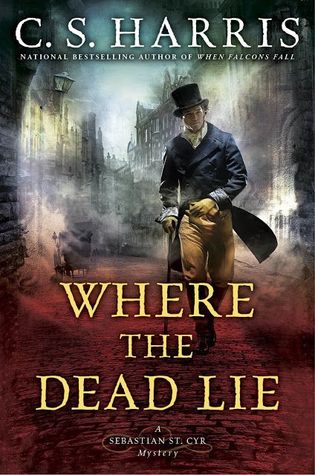 Where the Dead Lie (Sebastian St. Cyr, #12) by
Where the Dead Lie (Sebastian St. Cyr, #12) by  The dead lie in multiple meanings of the word AND in multiple places in this twelfth entry in the long-running, utterly marvelous
The dead lie in multiple meanings of the word AND in multiple places in this twelfth entry in the long-running, utterly marvelous  Escape Rating A-: This one is a really hard read. It’s excellent, just as the entire
Escape Rating A-: This one is a really hard read. It’s excellent, just as the entire 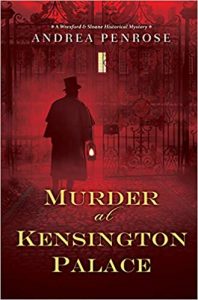 With one child’s, as well as their mother’s, tragedy yet to come in the later books in the series.
With one child’s, as well as their mother’s, tragedy yet to come in the later books in the series.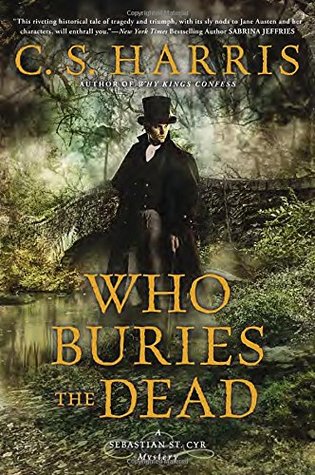 Who Buries the Dead (Sebastian St. Cyr #10) by
Who Buries the Dead (Sebastian St. Cyr #10) by  Whenever I flail around looking for a comfort read, I end up back in Regency England, following Sebastian St. Cyr, Viscount Devlin, as he investigates yet another murder that touches upon the high and mighty of his time and place – whether the high and mighty like it or not.
Whenever I flail around looking for a comfort read, I end up back in Regency England, following Sebastian St. Cyr, Viscount Devlin, as he investigates yet another murder that touches upon the high and mighty of his time and place – whether the high and mighty like it or not.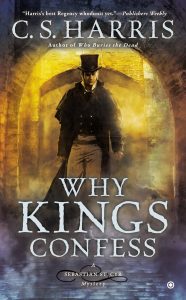 Escape Rating A-: I picked this up this week because yes, I was having a comfort read flail, and Sebastian St. Cyr always delivers – or rather whisks me away from my time to his. Which got me to thinking about the nature of comfort reads in general, and why this works for me in particular.
Escape Rating A-: I picked this up this week because yes, I was having a comfort read flail, and Sebastian St. Cyr always delivers – or rather whisks me away from my time to his. Which got me to thinking about the nature of comfort reads in general, and why this works for me in particular.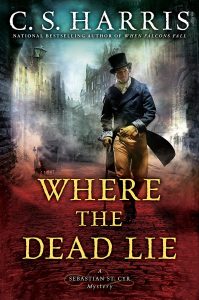 And that is most definitely a comfort to the reader. Or at least this reader.
And that is most definitely a comfort to the reader. Or at least this reader.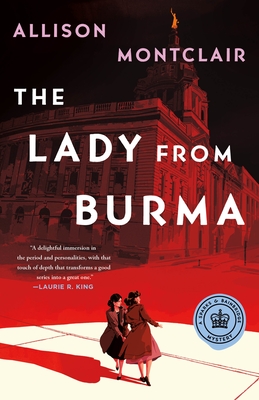 The Lady from Burma (Sparks & Bainbridge, #5) by
The Lady from Burma (Sparks & Bainbridge, #5) by 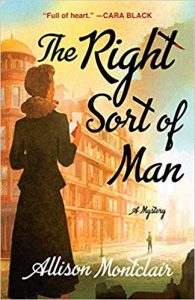 The course of true love never does run smooth, and the business of finding it even less so, especially when Sparks & Bainbridge mix the business of romance with the business of murder.
The course of true love never does run smooth, and the business of finding it even less so, especially when Sparks & Bainbridge mix the business of romance with the business of murder.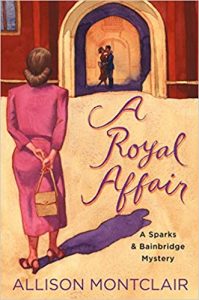 But Gwen is intimately acquainted with the circumstances that might drive someone to suicide, so, when a client presents themselves at the Right Sort Marriage Bureau, intending to contract for a search for her soon-to-be-widower, Gwen is suspicious that Adele Remagen is planning to take her own life before cancer takes it for her.
But Gwen is intimately acquainted with the circumstances that might drive someone to suicide, so, when a client presents themselves at the Right Sort Marriage Bureau, intending to contract for a search for her soon-to-be-widower, Gwen is suspicious that Adele Remagen is planning to take her own life before cancer takes it for her.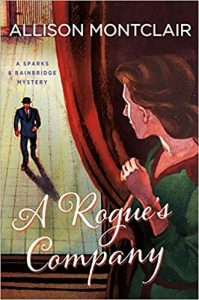 Escape Rating A: The Lady from Burma is a story about closings and openings. Mrs. Adele Remagen’s life is closing, and the top item on her ‘to-do’ list before she dies is to make sure that her beloved husband opens himself back up to the world after she’s gone.
Escape Rating A: The Lady from Burma is a story about closings and openings. Mrs. Adele Remagen’s life is closing, and the top item on her ‘to-do’ list before she dies is to make sure that her beloved husband opens himself back up to the world after she’s gone.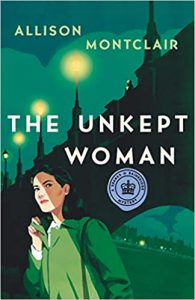 And in the middle of their personal sturm und drang, of which there is plenty on all sides, there’s the search for justice for Adele Remagen, and the grief of love lost that may never be found again.
And in the middle of their personal sturm und drang, of which there is plenty on all sides, there’s the search for justice for Adele Remagen, and the grief of love lost that may never be found again.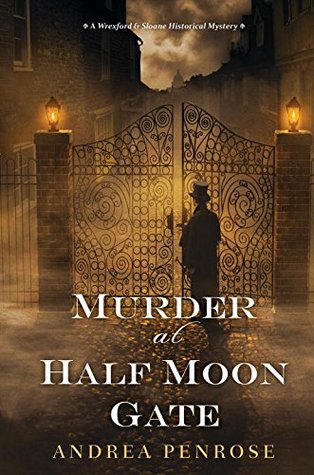 Murder at Half Moon Gate (A Wrexford & Sloane Mystery) by
Murder at Half Moon Gate (A Wrexford & Sloane Mystery) by 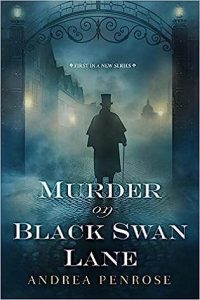 Escape Rating A-: I picked this up, so soon after finishing
Escape Rating A-: I picked this up, so soon after finishing 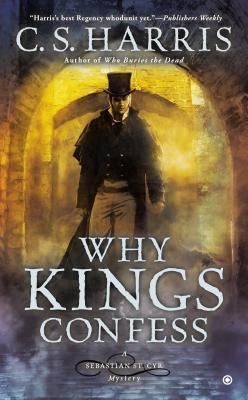 Why Kings Confess (Sebastian St. Cyr, #9) by
Why Kings Confess (Sebastian St. Cyr, #9) by 
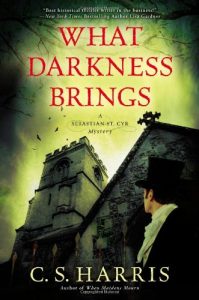 Escape Rating A-: This week already felt like a week and a half by the time I picked this book up on Wednesday – and there were still two days to go. I needed a comfort read, and it had been just long enough since I finished my previous
Escape Rating A-: This week already felt like a week and a half by the time I picked this book up on Wednesday – and there were still two days to go. I needed a comfort read, and it had been just long enough since I finished my previous 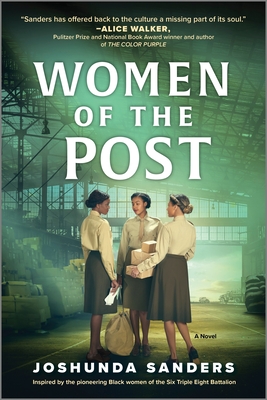 Women of the Post by
Women of the Post by 
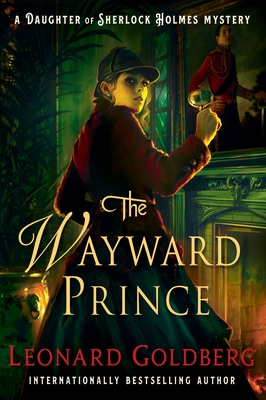 The Wayward Prince (The Daughter of Sherlock Holmes Mysteries, #7) by
The Wayward Prince (The Daughter of Sherlock Holmes Mysteries, #7) by  Escape Rating A-:
Escape Rating A-: 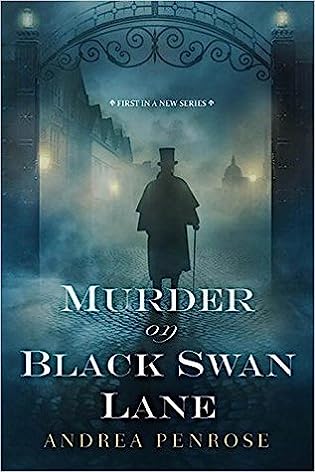 Murder on Black Swan Lane (Wrexford & Sloane, #1) by
Murder on Black Swan Lane (Wrexford & Sloane, #1) by  A Disappearance in Fiji by
A Disappearance in Fiji by